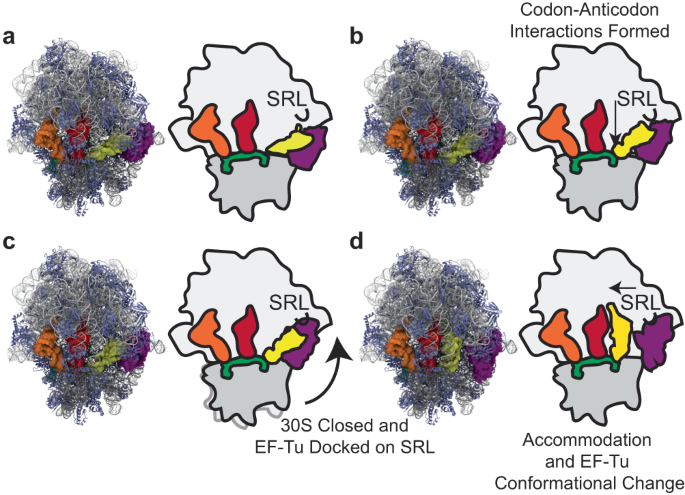2023-09-19 ヒューストン大学(UH)
◆ヒューストン大学の看護研究者は、子供の痛みを理解し評価するためのプロトコルの重要性を強調しています。証拠に基づいたプロトコルを使用することで、適切な疼痛緩和が提供され、副作用のリスクが低減し、麻酔薬の使用も減少する可能性があります。また、オピオイドの使用量も削減できるため、オピオイド危機への貢献も減少します。痛みの適切な評価と最新の研究成果を適用することで、小児疼痛管理が向上し、子供たちの健康が改善されるでしょう。
<関連情報>
- https://uh.edu/news-events/stories/2023/september-2023/09192023-kleinhans-pediatric-pain-tools.php
- https://www.sciencedirect.com/science/article/abs/pii/S089958852300045X?dgcid=author
小児集中治療室における急性疼痛管理プロトコル Acute Pain Management Protocols in Pediatric Intensive Care Units
Alicia Kleinhans DNP, MSN-Ed, APRN, CPNP-AC
Critical Care Nursing Clinics of North America Available online: 31 July 2023
DOI:https://doi.org/10.1016/j.cnc.2023.05.001
Section snippets
Key points
•Pediatric pain is difficult to assess and appropriately treat.
•Patients in a pediatric intensive care unit are highly variable.
•Use of evidence-based protocols can reduce adverse effects of pediatric pain control.
As many as 25% of all hospitalized pediatric patients experience acute pain and up to 70% of pediatric postoperative patients report moderate-to-severe pain.1 Yet any exposure to pain can be detrimental to pediatric patients. Repeated or long-term exposure to pain can alter pain
Background
Historically, pain in the pediatric population has been underrecognized and undertreated.3,4 This has been attributed to many factors including mythology that children perceive pain differently,5 difficulty of assessing pain in a nonverbal patient, parents being poor predictors of their children’s pain6, 7, 8 (Singer and colleagues, 2002, Chambers and colleagues, 1998 and Kelly, Powell and Williams, 2002), and concern for potential adverse effects when using opioids and benzodiazepines. There
Discussion
Historically, pain in the pediatric population has been underrecognized and potentially undertreated, yet exposure to pain can be detrimental to patients. In pediatric patients, repeated exposure to pain can alter pain sensitivity and result in neuroanatomical abnormalities and emotional, behavioral, and learning disabilities. Some of the reasons for the underrecognition and undertreatment of pediatric pain were related to the mythology that children perceive pain differently, inadequate
Summary
The use of evidence-based protocols for the management of pain and sedation in pediatric ICU patients can provide for adequate pain relief while decreasing the risk of adverse effects such as respiratory depression, withdrawal, and delirium.
Clinics care points
•Following an evidence-based protocol for acute pain management in pediatric ICU is beneficial for the patients.
•Using a validated pain assessment tool is vital to proper pain control in pediatric patients.
•Multimodal therapy with adjunctive medications such as dexmedetomidine, acetaminophen, and NSAIDs can reduce the overall exposure to opioids and benzodiazepines with minimal adverse effects.
•Monitoring patients for withdrawal is essential when weaning pain and sedation medications.
•Delirium has



